The history of our ancestors opening up the land, controlling nature, fighting foreign invaders to keep the border peaceful in Quang Ninh for thousands of years has left us today a priceless treasure of tangible and intangible cultural heritage. That is the basis for building the system of values of Quang Ninh people, a precious resource for tourism development.
Since the late Neolithic period, the ancient Vietnamese people of the Ha Long Culture (about 4,500 to 3,500 years ago) lived on the sea and created marine cultural values. They exploited mollusks and seafood as their main source of livelihood. They took soil, mixed it with mollusk shells to make pottery and used sea waves as an idea to create patterns on pottery that archaeologists still call "water wave" patterns to indicate the characteristics of Ha Long Culture pottery. In addition, they also used mollusk shells to make earrings.
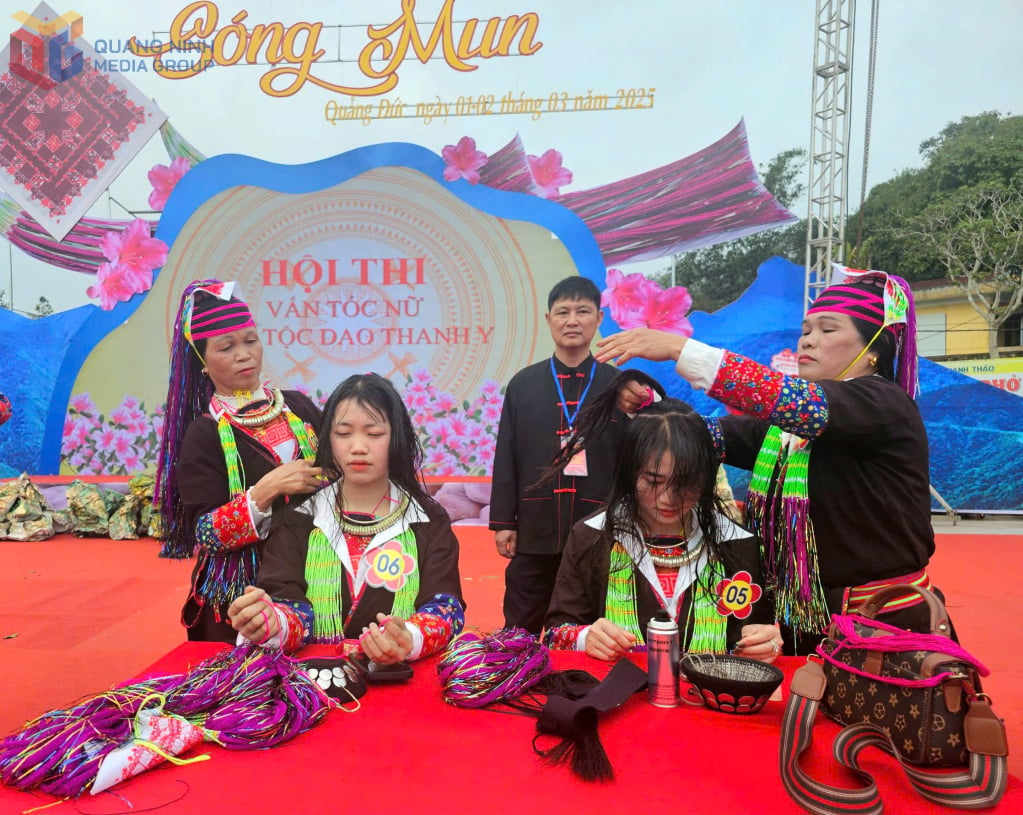
In the following Bronze Age (3,500 years - 2,000 years ago), the ancient Vietnamese in Quang Ninh at that time also took the sea as their main exploitation object. In addition to mollusks, they knew how to catch nets, fish and many other types of seafood. That said, it can be seen that marine culture is the root of the Quang Ninh people, which has existed for thousands of years.
Quang Ninh is a province with many ethnic groups living together for a long time. Each ethnic group has its own identity in terms of production methods, language, housing, costumes, folk knowledge, customs, etc. All of these have contributed to creating a colorful "flower garden" when talking about the culture and people of Quang Ninh.
Quang Ninh is also one of the provinces with a large number of tangible and intangible cultural heritages with more than 600 relics and scenic spots. Among them, there are world-class heritages such as Ha Long Bay (and the route to Yen Tu), special national relics (Cua Ong Temple, Bach Dang Victory Memorial Site, Tran Kings' Temple and Tomb Relic Site, Van Don Ancient Port...), national relics, provincial relics. Many intangible cultural heritages are representatives of humanity, national intangible cultural heritages. The value of cultural heritages combined with the stunning natural beauty that nature has bestowed on Quang Ninh has invisibly raised their value - an advantage that not many other provinces and cities have.
At the end of the 19th century, the French colonialists invaded and exploited coal in the Quang Ninh Mining Region, leading to the formation and birth of the mining working class. During the process of fighting against the oppressive French mine owners, then becoming the mine owners and production owners after we took over until today's journey of the coal industry, the miners in Quang Ninh have created the cultural values of the miners with the tradition of "Discipline and unity".
Sea culture - ethnic culture - mining workers' culture have blended and blended to create cultural characteristics, land and people of Quang Ninh, which is the foundation for Quang Ninh people to build values, build Quang Ninh province to be increasingly rich and developed.
In recent years, Quang Ninh province has paid attention to and had effective solutions for the preservation, maintenance and promotion of cultural values. Many relics, festivals, rituals, beliefs, sports, etc., which are traditional cultural beauties of ethnic groups and localities, have been restored, exploited and promoted. Reality has proven that the most effective way to preserve and promote cultural heritages is to keep them "dynamic" in the most natural way. A festival will be more attractive if the subject is the people who organize it and minimize "theatricalization". Luc Na communal house festival (Binh Lieu), Cultural and Sports Festival of San Chi ethnic group, Tay ethnic group, San Diu ethnic group, Dao ethnic group and many cultural and sports festivals of ethnic groups in localities have been organized and have entered life and been built into increasingly disciplined tourism products like that.
Ocean
Source



![[Photo] President Luong Cuong attends the inauguration of the international container port in Hai Phong](https://vphoto.vietnam.vn/thumb/1200x675/vietnam/resource/IMAGE/2025/5/13/9544c01a03e241fdadb6f9708e1c0b65)

![[Photo] Prime Minister Pham Minh Chinh meets with US business representatives](https://vphoto.vietnam.vn/thumb/1200x675/vietnam/resource/IMAGE/2025/5/13/5bf2bff8977041adab2baf9944e547b5)
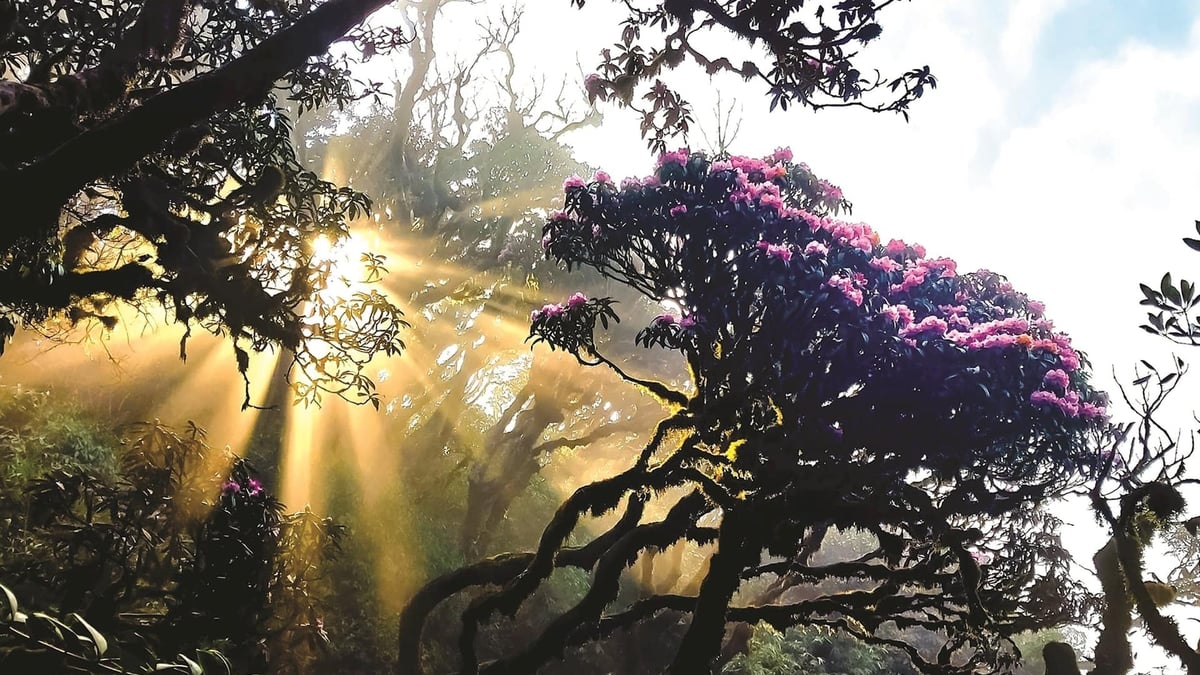

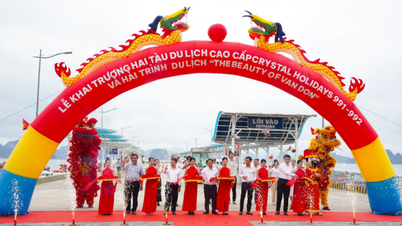

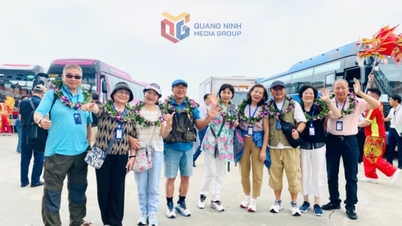
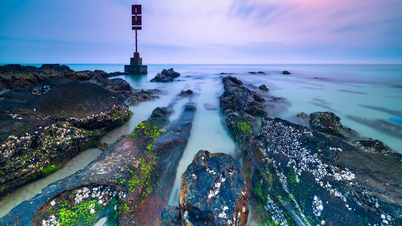

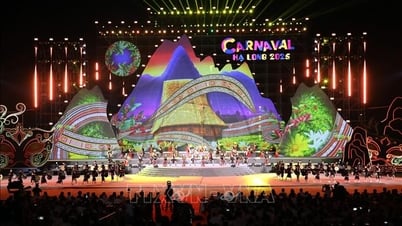

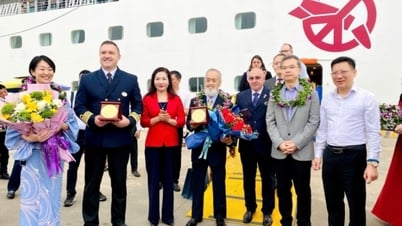
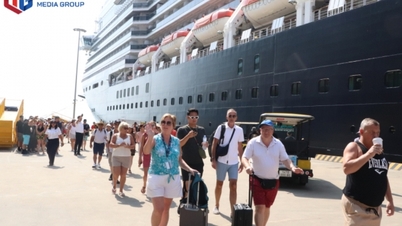


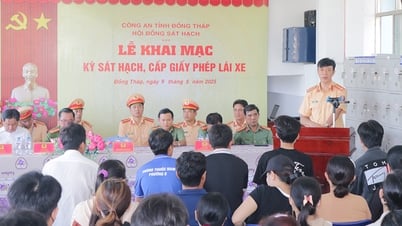
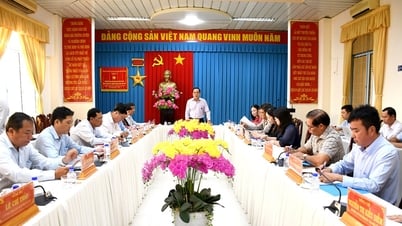

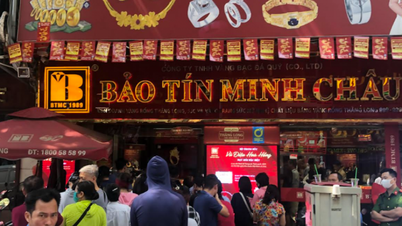




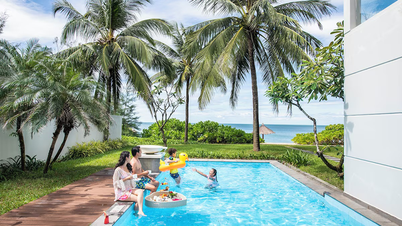
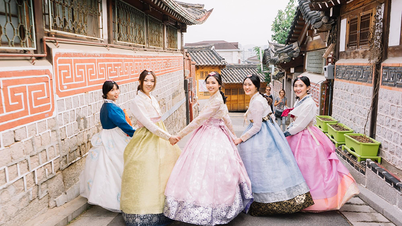
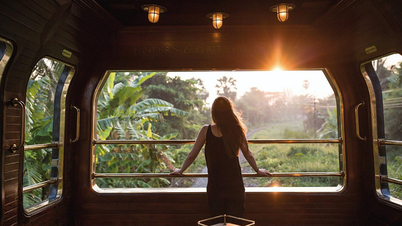

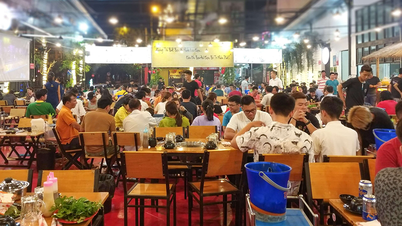

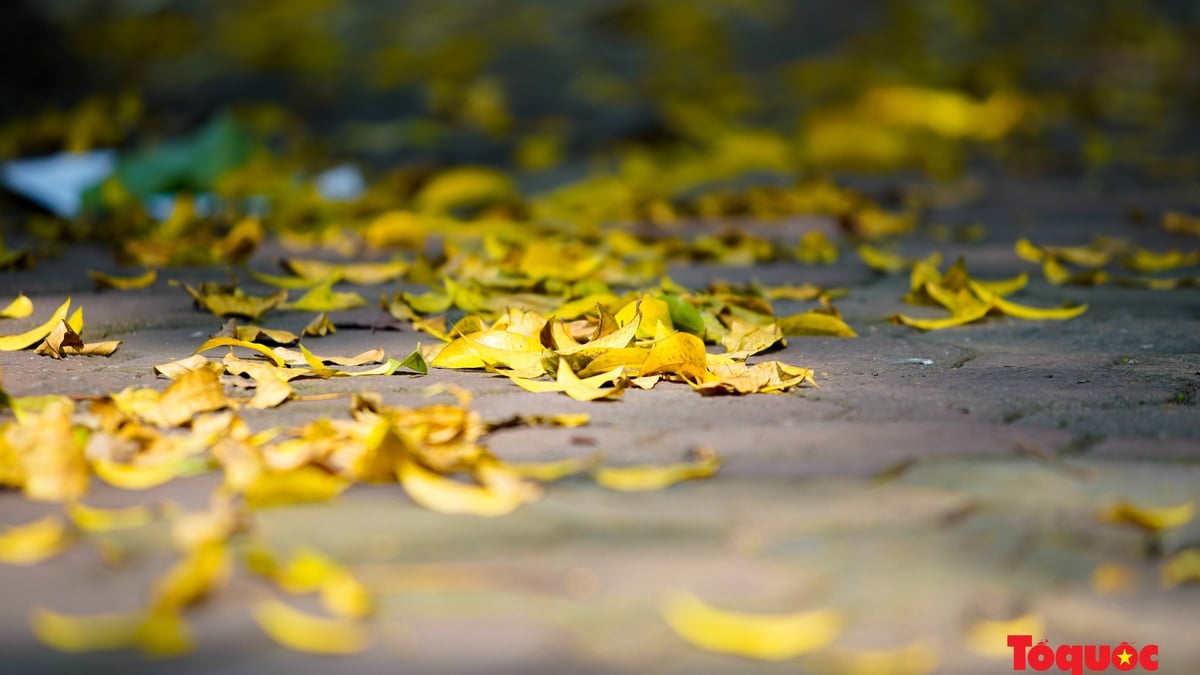









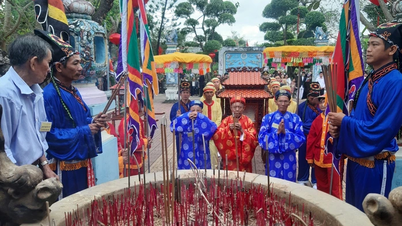









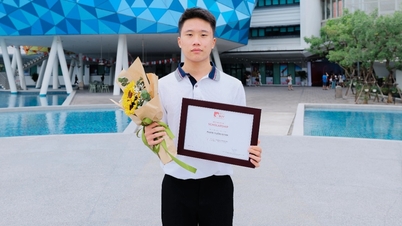































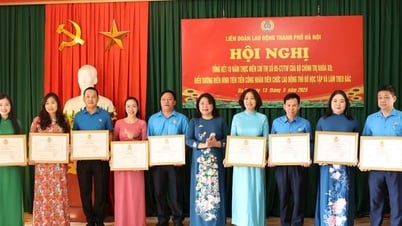

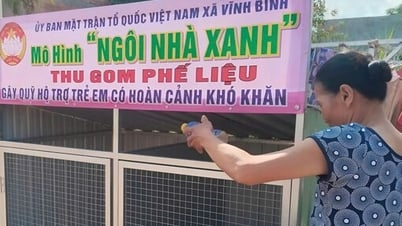















Comment (0)